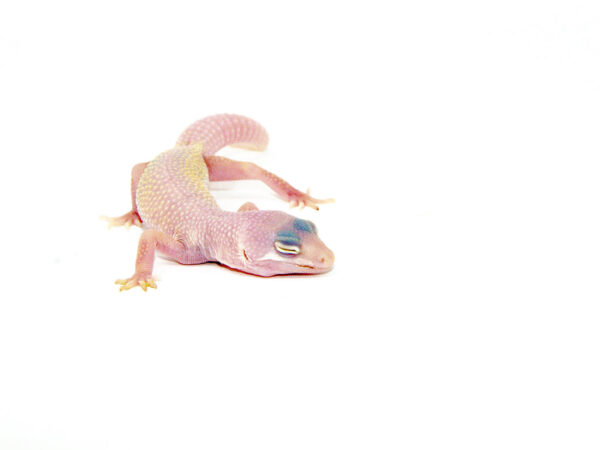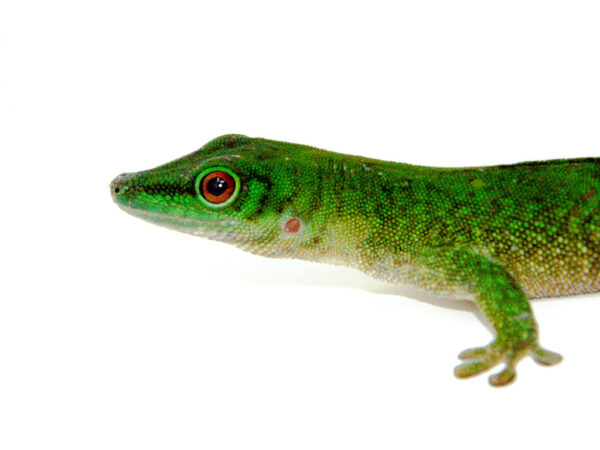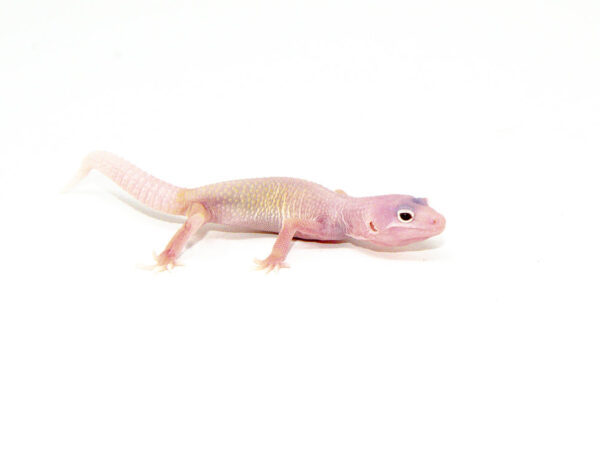House Gecko
The house gecko is a small, fast-moving lizard commonly found in tropical and subtropical homes around the world. Known for their chirping sounds and ability to climb walls and ceilings, these geckos are often appreciated for their pest control skills and low-maintenance care needs. If you’re looking to keep one as a pet, check out onestopreptileshop.com for healthy options and habitat supplies.
What Is a House Gecko?
The house , scientifically known as Hemidactylus frenatus, is one of the most widely distributed reptile species on the planet. Native to Southeast Asia, this tropical gecko has now spread to Africa, the Americas, and the Middle East, commonly residing in homes, greenhouses, and outdoor lights where insects gather.
They typically grow up to 5 inches long and have translucent beige, gray, or light brown coloring, with smooth skin and prominent toe pads that allow them to grip vertical surfaces.
These common geckos are nocturnal, insectivorous, and extremely agile, making them fascinating to observe, whether in the wild or in captivity.
Housing Requirements for Pet House Geckos
Keeping a gecko as a pet is simple when provided with a proper enclosure. A 10-gallon vertical tank is suitable for a single adult. These arboreal reptiles thrive in environments that mimic warm, humid conditions with plenty of vertical climbing surfaces.
Essentials for their enclosure include:
-
Branches and vines for climbing
-
Hiding spots for security
-
Coconut fiber or eco-earth substrate
-
Humidity between 60–80%
-
Daytime temperatures around 80–88°F, with nighttime lows near 70°F
Low-level UVB lighting can be beneficial but is not essential if your gecko has a balanced diet and proper supplements. Mist the enclosure once or twice daily to maintain humidity.
Diet and Feeding
A gecko feeds primarily on small insects, making them natural pest controllers even in the wild. In captivity, their diet should consist of:
-
Crickets
-
Fruit flies
-
Small mealworms
-
Occasional waxworms (as treats)
Insects should be dusted with calcium powder 4–5 times per week and given a multivitamin supplement weekly. Feeding should take place in the evening, as these reptiles are most active after dark.
Always provide clean water in a shallow dish or by regular misting, as many tropical geckos prefer to drink water droplets from enclosure walls and leaves.
Behavior and Temperament of the House Gecko
The gecko is fast and skittish, especially when young. Though not ideal for frequent handling, they are still an excellent choice for those who enjoy watching reptiles rather than interacting with them regularly.
These geckos are territorial and vocal, often communicating through soft chirping or squeaking sounds. While they can be housed in small groups, careful monitoring is necessary to avoid dominance issues or injuries, especially between males.
Despite their nervous nature, they adapt well to captive life and can live 5 to 10 years with proper care.
Where to Get a House Gecko
Buying a gecko from a reliable source ensures you’re getting a healthy, captive-bred animal. Wild-caught geckos are often stressed, may carry parasites, and don’t adapt well to handling or captivity.
Onestopreptileshop.com offers a selection of tropical reptiles, including various gecko species, starter kits, and care accessories. Whether you’re a new keeper or experienced reptile enthusiast, their team ensures your setup is right from day one.
Conclusion
The gecko is a small, fascinating reptile that brings the wild indoors. With its ability to climb, hunt, and adapt to human environments, it offers a unique and rewarding reptile experience—even for beginners.
If you’re interested in adding this tropical climber to your collection, visit onestopreptileshop.com for quality geckos and everything you need to build the perfect setup.








Reviews
There are no reviews yet.